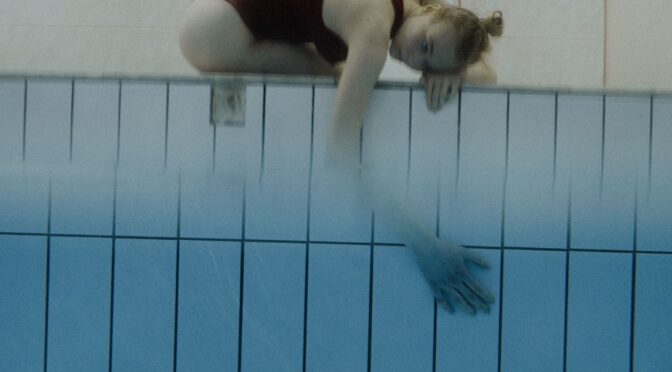 Moscow-born but US-based Nadia Bedzhanova’s ambitious mental illness awareness debut BEWARE OF DOG aims high but struggles to balance empathy for three parallel storylines steeped in Zvyagintsev-style moody visuals and fragmentary navel-gazing.
Moscow-born but US-based Nadia Bedzhanova’s ambitious mental illness awareness debut BEWARE OF DOG aims high but struggles to balance empathy for three parallel storylines steeped in Zvyagintsev-style moody visuals and fragmentary navel-gazing.
BEWARE OF DOG has so many strong, valuable ideas and theories to squeeze in at the same time that it feels like none out them gets their fair share. After creating a series of coming-of-age shorts and working in fashion photography (Vogue US, Allure), Bedzhanova takes on the triple role of director, screenwriter and co-cinematographer for this semi-autobiographical story of urban disconnection, mental disorder and relationship failure.
Shot in three languages and on-location in three world metropolises, this is the tale of three loosely connected twenty-somethings going through existential stasis: Marina (Marina Vasileva) ghosts around lacklustre Moscow while wrestling with OCD, which her indifferent boyfriend and doctor dismiss as annoying ticks. Marina’s Berlin-based cousin Paula (Paula Knüpling), an androgynous architecture student, embarks on a fragile romantic relationship with Spanish exchange student Joana (Marina Prados) but is scared to be honest about the reasons behind her sudden mood swings. And in New York, heartbroken Mike (Buddy Duress) is another urban spectre burdened not only by a toxic on-and-off relationship but also alcohol abuse, unemployment, looming poverty and loneliness.
Bedzhanova carefully punctuates this emotional disorder with her consciously nervous, handheld cinematography, whose play of night lights, faded colour palette and dimly glimmering shallow depth focus occasionally feel like an ad for the Lonely Planet. A recurrent feature is the compilation of blurry, Instagram-friendly shots with a pensive voiceover: Paula and Joana fall in love; Mike boxes into the air on the street; Marina loses herself in a political street protest (which remains a backdrop). Peppered with pixilated phone camera videos and online chat conversations on screen, the film succeeds at showing how constant communication doesn’t equal human connection – rather the opposite.
Perhaps due to the director’s personal experiences with OCD, Marina’s character feels the most rounded: her meticulous counting rituals, intermeshed with her subdued stream-of-consciousness voiceover, are portrayed with empathy and avoid victimisation. It’s also Marina who explains the film’s title as she recites So This Is How I Turned Into A Dog, a Kafkaesque piece by avant-garde Russian poet Vladimir Mayakovsky. In contrast, Paula and Mike remain sketchy and underdeveloped – although their troubles are meant to have universal urgency, their key scenes have an awkwardly forced, scripted feel. As Paula shaves her head on the balcony of a white high rise, it seems more like a cool shot than a motivated step in her life.
After about one hour, the story droops into repetitive self-indulgence and starts losing its taste like an over-chewed gum. While Mike and Paula’s story drifts into telenovela territory, it’s Marina again who shows that mental illness can be accepted, controlled, but never fully eliminated. Bedzhanova’s approach to big life questions is a bit shaky but suggests promise that her characters and narrative might soon stand confidently.


Where can I watch this film?